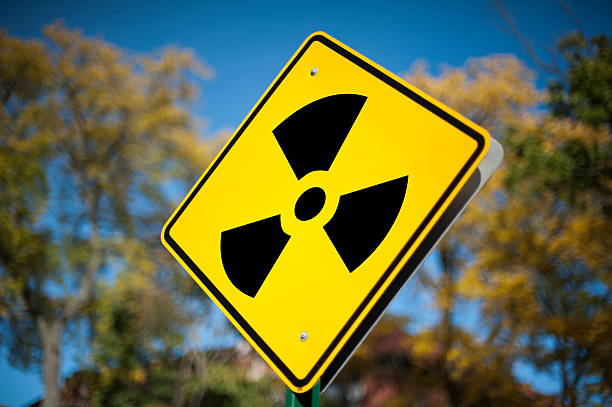How safe is safe enough?
By Mark Sabourin

Högertrafikomläggningen. It’s the name given by Swedes to September 3, 1967, the day they switched from driving on the left-hand side of the road to the right. It should have been a bloody catastrophe, yet by most media accounts of the day, the transition went smoothly. In fact, rather than increased carnage on the roads, the accident rate actually plummeted by as much as 40% over the first six weeks of the transition. Public education played a role, as did a temporary lowering of speed limits. But so did the extra vigilance of Swedish drivers, who chose to compensate for the added risk by driving more carefully.
It didn’t last. Within two years, Swedish drivers were once again fully at ease on their roads, taking the same risks as they had before, and the accident rate was back to pre Högertrafikomläggningen levels.
Humans have an often capricious relationship with risk. Just ask Michael Ivanco, a nuclear scientist now retired from SNC Lavalin and Atomic Energy of Canada. To anyone who’s willing to listen, he’ll still rhyme off facts and figures to show that Ontario Power Generation’s plan to entomb low- and medium-level nuclear waste in solid rock 680 metres below the surface of Kincardine, Ontario is safe, sound and eminently responsible. He’ll gladly do the same for separate plans, at an earlier stage of development, for spent nuclear fuel.
But the Kincardine project is still undergoing an environmental assessment that dates back to 2007, addressing environmental and safety concerns that Ivanco says have no foundation in science. He calls the project hopelessly over-engineered, “and it’s largely because of perceived risk rather than actual risk,” he says.
Ivanco can be glib. These deep geological repositories, as they’re known, are being designed to contain radiation for hundreds of thousands of years even though spent CANDU nuclear fuel, after about 200 years, is no more radiotoxic than the Saskatchewan uranium ore it came from, he says. His frustration is evident. “If you follow that line of reasoning to its logical extension, we should be digging up all that ore and burying it even deeper.”
Stephen Bocking, Professor at Trent University’s School of the Environment, has heard this before. There’s a widespread view among scientists that non-scientists “are working from a position of ignorance” about risk, says Bocking, and have difficulty dealing with complex issues. That’s not necessarily the case, he says. While Ivanco is preaching about the half-life of radioactive isotopes and the impermeability of rock, his critics may be weighing the propriety of nuclear power and the multi-billion dollar cost of the waste management program.
“The public has a particular rationality toward risk issues. It may be different from the one that scientists apply to it, but that doesn’t necessarily mean that it’s irrational or based on ignorance,” says Bocking.
Those same disagreements between scientists and the public over risk are often turned on their head when the issues hit closer to home. A homeowner discovering a fuel oil spill in the basement may think the risk can be managed with a few bags of sorbent and a Shop-Vac. Neil Butler, Director of Insurance Services at Pinchin, has more than once had to set that hapless homeowner straight. The bill may run six figures, he’ll say, and the project may require a complete teardown of the family home.
As shocking as that may be to the homeowner, Butler then has to explain that regulations may require him to remediate the site to a standard higher than the background. Once the work is done, the air inside the home may be cleaner than the air outside, but that’s a tough argument to make to a family as they watch an excavator settle onto their front lawn.
To a family facing the prospect of temporary relocation, that degree of risk management makes as much sense as burying nuclear waste for 100,000 years makes to Michael Ivanco. Both are confounded by standards meant to protect the public from risks that, when viewed objectively, seem infinitesimally small.
Risk analysis is cold and dispassionate. It asks the question, how many additional cancers will be caused by this exposure? It’s what’s relied upon by people like Ivanco and the faceless technocrats who draw up standards for soil or indoor air quality. Risk assessment is deeply personal. It asks the question how safe is safe enough? It’s relied upon by the people who bear the risk.
Very seldom will the two answers match.
